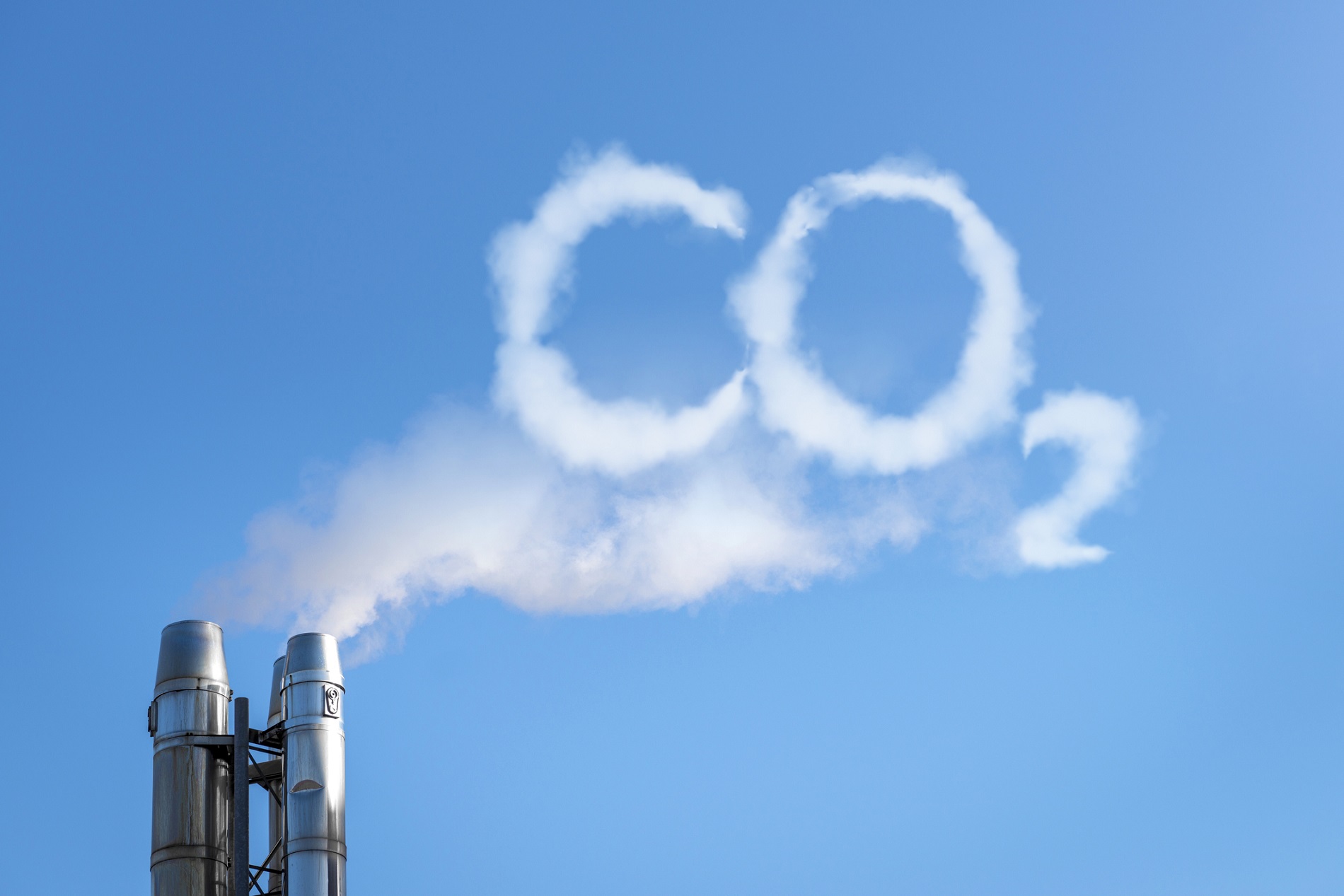C-MINUS
Low energy carbon capture devices to enable on-site carbon capture and net negative carbon technologies
_resized.jpg)
In Brief
- Challenge: Zero Emissions Challenge
- Challenge Type: SFI Future Innovator Prize
- Status: Complete
The Challenge
Carbon capture, removing carbon dioxide from the atmosphere, is technologically feasible, but not commercially viable, except for situations where carbon dioxide concentrations are high. The main reasons for this are that most current approaches use chemical capture, which have high energy costs associated with regeneration of the active material, and alternative physical capture processes are less energy intensive but suffer from poor performance. Carbon capture will have important future roles in industry, energy, negative emissions technologies such as bioenergy carbon capture and storage, as well as air quality and agriculture.
The Solution
The C-MINUS team aims to develop a disruptive solution using advanced physisorbents that capture carbon even at low concentrations. These materials will form the basis for the design and manufacture of devices to be field tested with multiple end users. Ultimately, net decarbonisation of electricity generation, transportation, agriculture and commercial/residential sources of greenhouse gas emissions will be enabled. The team will work with industry partner, MoleculeRnD Ltd. to develop a prototype and field testing will be conducted in arid regions in South Africa as well as in other application areas.
UN SDG Alignment
The Team
- Team Lead: Prof. Michael Zaworotko, University of Limerick
- Team Co-Lead: Dr David Styles, University of Galway
Societal Impact Champion
- Prof. Leonard Barbour, Stellenbosch University